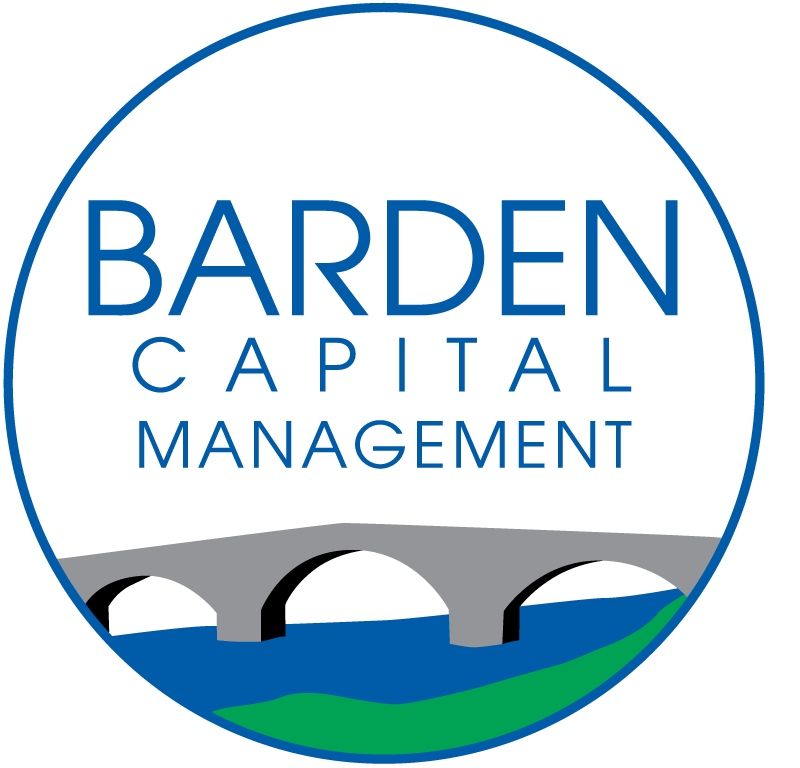I’m happy to report that stocks turned in their best first quarter performance since 1998. Globally, stock prices went up about eleven percent[1]. Over the last three years, in spite of the turbulence last summer, our growth portfolios have grown almost 19% annually.
The Recovery is not Artificial, though it Benefits from Aggressive Federal Reserve Support
Many investors believe that the recovery is reflected in stock prices, other investors believe that the recovery depends on the Federal Reserve increasing Quantitative Easing. I am in the camp that believes this economy and corporate earnings can continue to exceed expectations, even without an additional round of bond buying by the Federal Reserve.
There’s no doubt that the Federal Reserve has aggressively supported the economic recovery. I have no desire to see the recovery tested by the withdrawal of support. But I’m convinced that as long as the Federal Reserve maintains the current support, banks will increasingly expand the volume of loans issued.
Growth in Bank Credit Propels the Economy
Economic growth is highly correlated with the growth in credit issued by financial institutions. This high correlation is no coincidence. Our monetary system requires financial institutions to hold only a fraction of the amount of their deposits as reserves at the Federal Reserve. This allows financial institutions to create credit “out of thin air” when provided “seed money” from the Federal Reserve.
When the Fed purchases securities in the open market or lends funds to financial institutions, it’s also creating credit out of thin air. Banks are able to “multiply” this Fed-provided seed money into a larger amount of credit and deposits. The new credit facilitates an increase in spending without requiring anyone else to cut back. So, an increase in bank credit implies a net increase in overall spending.
2011 saw a dramatic turnaround in the growth of bank credit. In the first six months of 2011, credit contracted at an anemic pace of .5% annually. I assume that this contraction is what prompted the Fed to initiate a second round of quantitative easing. During the last six months of 2011, credit grew at a much more respectable rate of 5.1% annually.
The primary concern of cautious investors is that government spending around the world is set to decline from an annual growth rate in excess of five percent, to between zero and one percent. Many investors assume that without an increase in government spending the recovery will collapse. But, history suggests that growth in credit trumps a reduction in government spending. We need only look back to the mid-90s to see a period when the economy boomed in spite of a reduction in the budget deficit.
As long as the rate of credit growth is in line with the historic average rate of 7.5% annually, the Fed will be reluctant to intensify its efforts to reduce interest rates. But, if Europe experiences a more substantial recession than currently expected, or if Israel strikes Iran causing a spike in the price of oil, the Fed will likely buy bonds from banks in order to support the growth of credit.
The U.S. Consumer is Recovering
The consumer is coming back strong. Households have decreased their overall debt. Lower debt levels combine with lower interest rates to substantially reduce the costs of debt servicing for the average household. Lower interest expenses free up cash that’s available for more discretionary consumption. Starbucks, Coach and Comcast are a few of the companies in our portfolio that are heavily leveraged to the health of the consumer.
The most reliable indicator of the employment market is the number of people seeking U.S. unemployment benefits. Rather than relying on a statistical sampling of households, this number reflects the actual number of people who filed for unemployment in the prior week. The latest reading of 357,000 is a four-year low, suggesting employers kept hiring in March at a healthy pace.
European Central Bank is Committed to Supporting Eurozone Banks and Governments
It seems that the storms that rocked the markets for the last couple of years have mostly passed. The European leaders recognized the need to bail out the European banks and the Greek government. This helped lower interest rates on Italian debt, indicating that investors perceive a reduced risk of an Italian default.
Europe will most likely muddle through a mild recession this year, but European stagnation is not enough to trigger a global recession. The U.S is growing at roughly 3% a year, while emerging markets continue to boom. Even Japan is showing robust growth as it continues to rebuild from the tsunami damage of 2012.
Valuations Don’t Reflect the Favorable Outlook for Profit Growth
For now at least, growth is back. Corporate earnings are the highest on record as a percentage of GDP. Low interest rates gave corporations an opportunity to improve their balance sheets and lower their interest costs. Interest costs are the most volatile variable in profit margins. As long as they stay low, profits should continue to grow.
Stock prices don’t yet seem to reflect the extremely favorable environment for corporations. Prices relative to earnings appear to be about 20 percent lower than what is historically typical. As investor confidence improves, prices should normalize. When investors are willing to pay a historically average price to earnings ratio, the S&P 500 will trade at sixteen times 2012 earnings–$105, or 1,680. This means that stocks can appreciate more than 20% before they become overvalued.
It’s very difficult to find a more appealing investment opportunity in any other asset.
[1] The MSCI All-Country World Index jumped eleven percent and is now up nineteen percent for the last six months.

